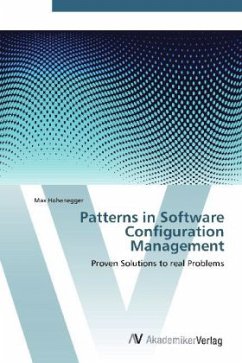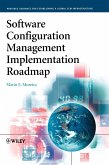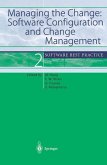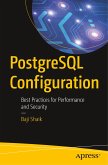The support discipline Software Configuration Management (SCM) is still an often neglected topic, even though all professional software projects demand it. Part of the problem are its multiple definitions and the often contradictory literature. A part of this literature consists of standards that only try to establish a common terminology without offering any practical solution. Another part consists of heavy weight process descriptions that can only work in a very special context. However, some previous work suggests that a more flexible and problem-oriented form is possible. Patterns are abstracted from tested solutions that experts can match to a common problem in a given context. They give this abstract solution a name that can be used as part of the language that experts use to communicate about their domain. Patterns have been used in SCM before; however, previous work is incomplete and to a degree obsolete. This work identified several new Patterns in the practices of SCM experts and integrated them with existing collections. To create well-founded Patterns, typical Do's and Don'ts were collected in informal interviews and supported by a literature review.








